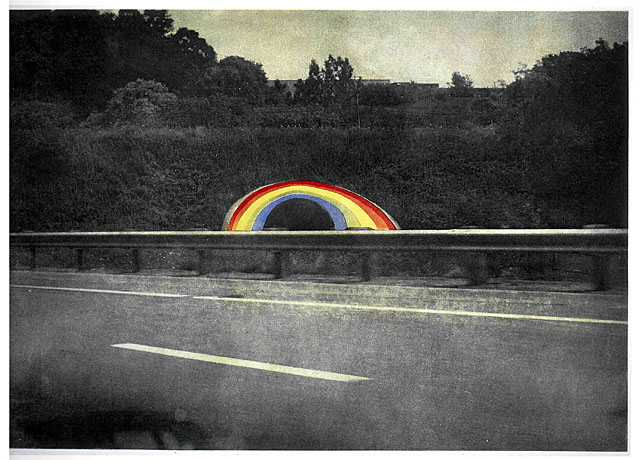Peter Doig Video
Using film stills, footage of actual events or photographs of urban and natural environments, Peter Doig’s (Scottish, born 1959) work imparts a quiet nostalgia. His images convey shadowy memories that make us feel we are spying on his personal treasure trove of past experiences.
Whether it be painting or printmaking, Peter Doig harnesses his medium to create what he calls 'abstractions of memories', mysterious figurative works which distill recollected sensations into a pictorial narrative - a moment or a memory frozen in time. His work has been exhibited in the world's top museums including MOMA, the Pompidou and Canada's National Gallery as well as being selected for contemporary art's most important international exhibitions such as the Santa Fe Biennial, the Tate Triennial and the Venice Biennale.
Nominated for the Turner Prize in 1994 and winner of the John Moores Foundation Prize in ‘93, Peter Doig acknowledges the shared experience effect of his work, but distances himself from a simple explanation.
Doig's images are always based on photographs that he has either found or taken himself and in most cases, these images refer back to the artist's memory. The photos are the starting point but it is in the act of making and reworking the plates that the artist's creation unfolds. He stresses that he never wants to be too precise about a memory.
The melting pot of subjects in Peter Doig’s work reference his own experiences, as well as the wider context of social and cultural development. Canadian landscapes are jumbled up with urban planning, Romantic motifs such as the lone boat mixed with horror film imagery (Canoe-Lake), natural environments rendered in Impressionistic impasto executed in a toxic color scheme. This layering of reference not only reflects the multiplicity of contemporary life – the identity crisis of postmodern art – but also creates unconventional formal results.
The Architect’s Home in the Ravine is cut to shreds – almost obliterated - by a network of snow-covered branches. The work creates a sense of unease in the act of looking, echoing the generic horror movie scene where the psychopath hides, watching from the bushes. Is it possible to construct the ideal habitat, or is ‘outside’ more comforting and familiar? Security, though, is not a productive state. The safety of the refuge is called into question across Doig’s oeuvre. It is this self-referencing, above all, which invigorates Peter Doig’s paintings and creates a tension - a ‘presentness’ - that is felt by every viewer.

